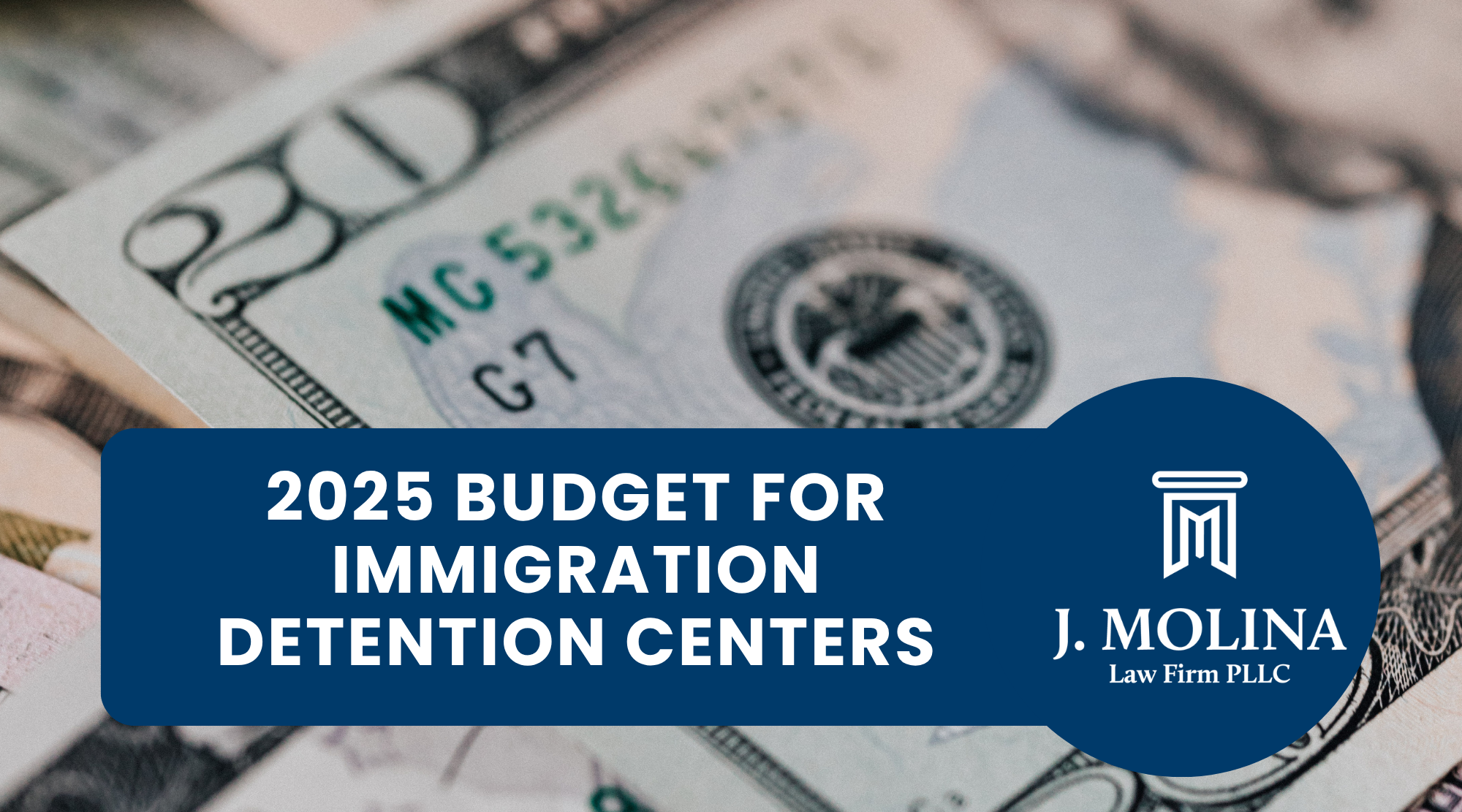Why the 2025 Immigration Detention Budget Matters
Every year, the U.S. government allocates billions of dollars to immigration enforcement. For fiscal year 2025, the immigration detention budget remains one of the largest in history. These funds directly impact how many people are detained, the conditions inside detention centers, and the resources available to protect immigrant rights.
Understanding where this money goes can help immigrant families stay informed, prepare for possible enforcement actions, and seek legal alternatives to detention.
How Much Is Being Spent on Detention in 2025?
For FY 2025, Congress approved approximately $3.43 billion for ICE’s (Immigration and Customs Enforcement) Custody Operations program. This funding is designed to support an average daily detention capacity of around 38,000 beds—meaning ICE can detain up to 38,000 individuals at any given time across the country.
This budget includes detention of both adults and families who are awaiting immigration hearings or are in removal proceedings.
How Is the Budget Used?
The 2025 immigration detention budget covers a range of operational costs, including:
- Leasing and operating detention facilities, many of which are run by private prison companies.
- Salaries for detention staff, including guards and medical personnel.
- Food, transportation, and security for detained individuals.
- Basic and emergency medical services (often criticized for inadequate care).
- Surveillance and monitoring technology.
Additionally, part of the budget goes toward expanding or building new detention centers, raising concerns among advocates about an increasing reliance on detention rather than more humane alternatives.
How Does This Budget Affect Immigrants?
The consequences of a high detention budget are far-reaching:
1. More People Held in Detention
Increased funding allows ICE to detain more people, often for longer periods. Immigrants who might have been released under supervision in the past may now face extended detention—even if they have no criminal history.
2. More ICE and CBP Enforcement Actions
With more resources, ICE and CBP can carry out more frequent operations. This means more arrests at homes, workplaces, courthouses, or even during immigration appointments.
3. Fewer Alternatives to Detention
While detention receives billions, programs like electronic monitoring, community support, or release under supervision receive much less funding, even though they’re more cost-effective and humane.
4. Poor Conditions in Detention Centers
Despite the large budget, there are continued reports of abuse, poor medical care, limited access to lawyers, and mental health issues among detainees. Budget size doesn’t always translate to better treatment.
What Can You Do if You or a Loved One Is at Risk of Detention?
With detention capacity on the rise, it’s crucial to act early:
- Speak to an immigration attorney as soon as possible, especially if you’re in removal proceedings or have a prior order of deportation.
- Have a family emergency plan in place, particularly if you have U.S. citizen children.
- Know your rights if you’re detained by ICE or CBP. You have the right to remain silent, refuse to sign documents without legal advice, and request a hearing before an immigration judge.
Do You Need Help?
At J. Molina Law Firm, we fight for immigrant rights every day. The 2025 immigration detention budget shows that the system still prioritizes enforcement over solutions. But with the right legal support, you can assert your rights and protect your future.
Contact us today for a confidential consultation. Don’t face immigration detention alone, let us stand by your side and fight for your freedom.



